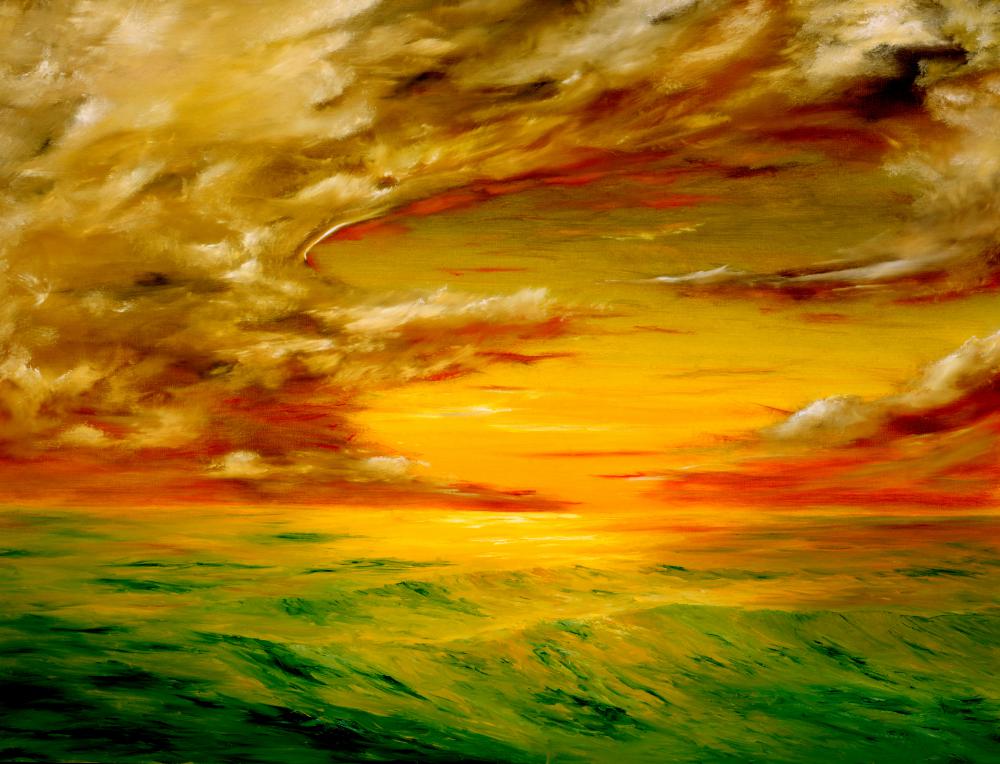

Jungle scenes, simplified and conventional subject matter, and abstract forms were used to present painters’ interpretations of his memories and subconscious. The non-Western art forms were usually borrowed. Henri Rousseau pioneered the Symbolism style. Many Post-Impressionists had brought Primitive in their painting by using vivid style and symbolic content. He had said, “I shut my eyes in order to see.”

Pure color, strong lines, and two-dimensional was used to depict artists’ feeling about the subject matter. As Vincent van Gogh had said, “I dream of painting and then I paint my dream.” Paul Gauguin developed a theory of Synthetism based on this, which was included in the encompassing Post-Impressionism movement. They believed in painting the painters’ emotional impression of the things that connect with the viewer on a deeper level.

Saturated colors and broad brush strokes were used. Instead, they drew inspiration from their memories of the subject matter and what they felt about them. Though their subject matter was their surrounding, they refused to look around them to draw inspiration. Post-Impressionist painters Paul Gauguin and Vincent van Gogh painted to give a symbolic and personal meaning to their paintings. Paintings were made with separated shapes or marks, each with a single color, which the painter believed to be visually blend within the viewer’s eyes. The style was also identified as Neo-impressionism and Divisionism among the artists. Subject matter was reduced to basic shapes using saturated color dots. The fact about Post-Impressionism art movement is that the artists developed their individual style, which is collectively called Post-Impressionism. However, these artists could not decide on one way to defy Impressionism norms. They were not satisfied with how the Impressionism movement’s obsession of light overshadowed the subject matter of a painting. However in 1886, younger artists called for a change. The movement was in rage for almost a decade with its last exhibition held in 1886. The movement focused on visible brush strokes, natural, fleeting light in a particular moment, and a painter’s impression of everyday surroundings. Several painters followed this path, which was rightly termed as Impressionism. In 1872, a French painter Claude Monet introduced a revolutionary mode of painting through his Impressions, Sunrise (1872). It was included in the title of an exhibition of modern French painters, Manet and the Post-Impressionists, which was organized by him at the Grafton Galleries in London in 1910. They needed to show their work and they wanted to sell it.The term Post-Impressionist was coined by an English artist and art critic Roger Fry. They all had experienced rejection by the Salon jury in recent years and felt that waiting an entire year between exhibitions was too long. The artists we know today as Impressionists-Claude Monet, August Renoir, Edgar Degas, Berthe Morisot, Alfred Sisley (and several others)-could not afford to wait for France to accept their work. The works exhibited at the Salon were chosen by a jury-which could often be quite arbitrary. For most of the nineteenth century then, the Salon was the only way to exhibit your work (and therefore the only way to establish your reptutation and make a living as an artist). This may not seem like much in an era like ours, when art galleries are everywhere in major cities, but in Paris at this time, there was one official, state-sponsored exhibition-called the Salon-and very few art galleries devoted to the work of living artists. The group of artists who became known as the Impressionists did something ground-breaking in addition to painting their sketchy, light-filled canvases: they established their own exhibition.


 0 kommentar(er)
0 kommentar(er)
